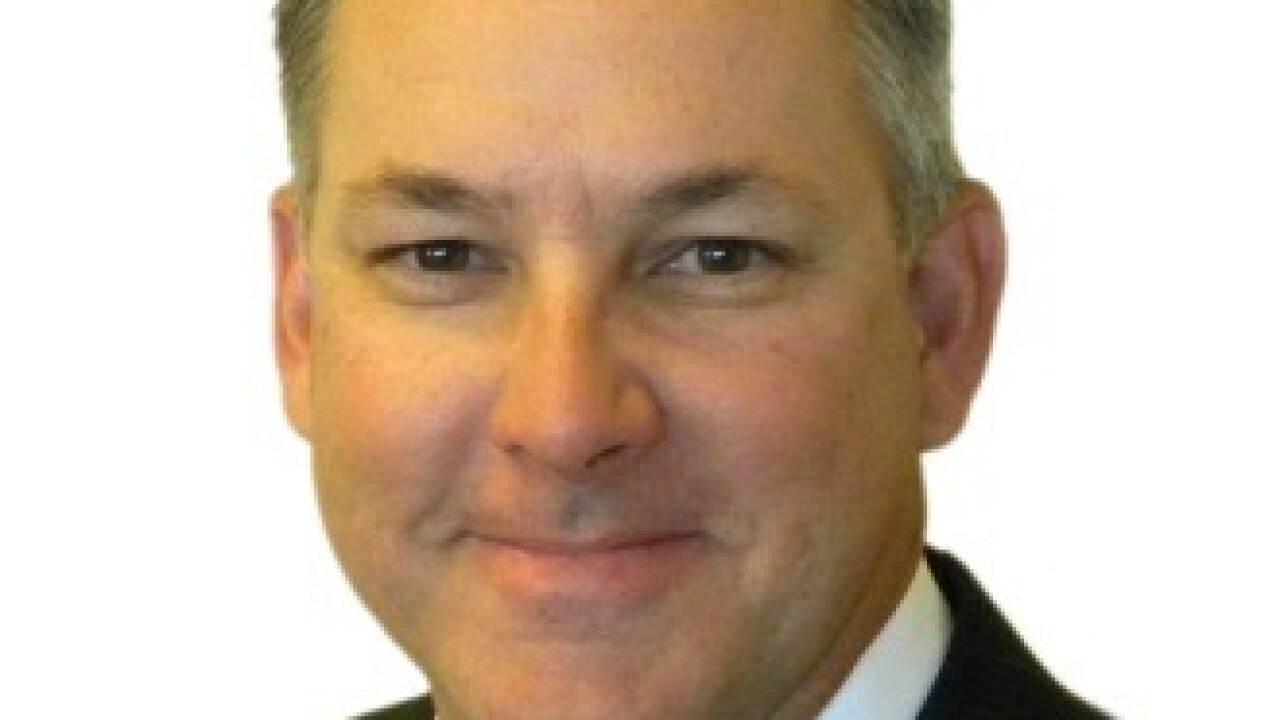WASHINGTON — The Federal Housing Administration has been trying to woo banks back to its program with the promise of lighter False Claims Act enforcement and other steps, but to really make the case, the agency may need to update its servicing processes, some experts say.
In October, the Department of Housing and Urban Development announced it had
According to HUD Secretary Ben Carson, before the financial crisis, about 50% of loans insured by the FHA were originated by depository institutions, but that number is now closer to 15%, largely because of fears banks and credit unions will be sued by the Justice Department under the False Claims Act if the loans later go bad.

Despite the changes HUD and the FHA made, however, “banks remain very cautious about the FHA market because of the risks related to the origination side,” said Bose George, a managing director at Keefe, Bruyette & Woods.
“From the bank's perspective, they want to wait for a while because they don't know what the next administration will do. Things could change unless something is actually kind of codified, and that hasn't happened,” he said. “So in the short term, what they're trying to do is just steps to make their servicing easier for more investors.”
Currently, the servicing rules and processes at the FHA are outdated and expensive, said Pete Mills, the senior vice president of residential policy at the Mortgage Bankers Association.
“Their servicing requirements are sort of anachronistic. They haven't been updated recently, and [they’re] not aligned with the industry standards that we use in servicing loans for the GSEs, in particular,” he said, using an abbreviation for government-sponsored enterprises.
For one, Fannie Mae and Freddie Mac have a much more favorable foreclosure timeline for servicers than the FHA, said Sara Singhas, the mortgage banker group's director of loan administration.
“Not only does [FHA] have these three separate distinct timelines, but it says if the servicer misses the first one … then you have to curtail the interest that you would receive on your claim, and even if you missed the deadline by just one day,” she said. “It's really, really heavy penalties associated with at times extremely minor delays, and many of which are unavoidable.”
While the GSEs also have penalties for missing deadlines, they’re structured in “more servicer-friendly ways,” George said.
The resulting process is very punitive for administrative mistakes and can even discourage lenders from servicing FHA loans, said Brian Chappelle, a partner at Potomac Partners and former FHA official.
"Right now FHA has their own rules that are very frustrating to servicers, and they drive up the cost of servicing,” he said. “So I think we're going to see FHA make some improvements this year, and I think that servicers will view them very positively.”
FHA Commissioner Brian Montgomery said in a recent interview that the agency has already made "real progress" on modernizing its servicing requirements.
"Last month we accepted the first digital supplemental claim through our new lender portal. The new process eliminates all paper and shortens the time for FHA to pay claims from months to literally a matter of minutes. All servicers are being transitioned to the new process," he said. "Stay tuned as there is much more to come in 2020.”
In its housing finance reform report published in September, HUD said that a crucial part of modernizing the FHA in general would be to improve its servicing processes, policies and technology.
“Independent estimates indicate that the FHA’s servicing costs for nonperforming loans are now multiples above the costs of servicing conventional mortgage loans,” the report said, noting that the increase in servicing costs has likely brought about a higher cost of borrowing.
While Montgomery said in December that all of the proposals in the September report were important, he singled out five in particular that his agency had prioritized, including one to strengthen the FHA’s single-family default servicing processes.
Aside from modernizing FHA as a whole, updating the servicing program “could also be the vehicle to attract large financial institutions back into the FHA program,” said Chappelle.
So far, it remains to be seen if the changes HUD made last year intended to ease its False Claims Act enforcement will indeed attract banks back to the program, but those changes combined with updates to the servicing processes could seal the deal for depository lenders.
“Those two factors will go a long way towards bringing some of the banks back,” said Mills. “I think it's a complex decision for them. I think a lot of larger institutions are looking at this being sort of a board-level decision, but the more FHA can get done in the servicing space, I think the more banks will come back in.”
The renewed push to get more banks to make FHA loans comes just after the Financial Stability Oversight Council published its annual report in December
Currently, 19 out of the 20 top lenders in the FHA program are nonbanks, according to Inside Mortgage Finance.
Ginnie Mae — which guarantees almost all FHA loans in its mortgage-backed securities — has particularly expressed concern about the proportion of nonbank lenders, said Chappelle.
“The return of large banks to FHA servicing would have the benefit of addressing Ginnie Mae’s concerns about the growth on nonbank issuers as the large bank servicers would also likely return to the Ginnie Mae program,” he said.
Ginnie Mae’s concerns have also been a catalyst for the FHA to re-examine its servicing processes, said George, who added that a rise in delinquencies has led to an increase in servicing advances — loans offered by servicers to cover missed payments from borrowers.
“What [Ginnie Mae] requires of servicers essentially results in servicing advances being outstanding for an extended period,” said George. “In the past, that wasn't as much of a problem because if you're a bank, you can advance the servicing and then finance it on your balance sheet, so it was less of an issue.”
One of the things the FHA is looking at to address this is a way to help servicers finance the servicing advances, he said.
There are several other outdated provisions in the servicing processes that the FHA may look at revising, including the “face-to-face requirement,” which mandates in-person meetings with borrowers once they are 60 days delinquent on a loan, said Mills.
“That's almost impossible to do if a borrower is in a rural area,” he said. “It's a very, again, anachronistic process when you've got the types of communication vehicles that we have today that people rely on and actually prefer to use.”





